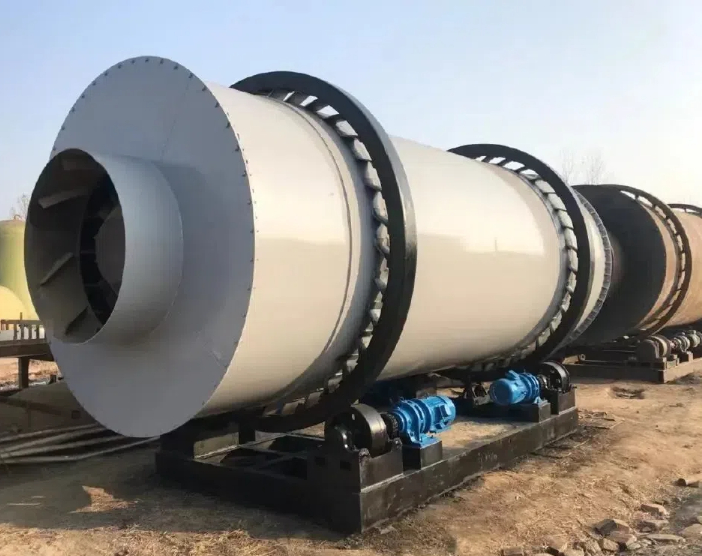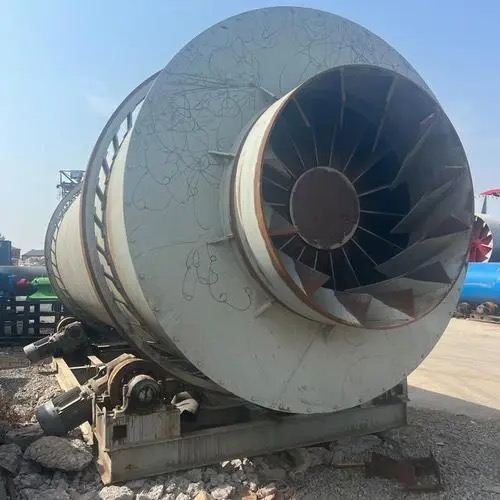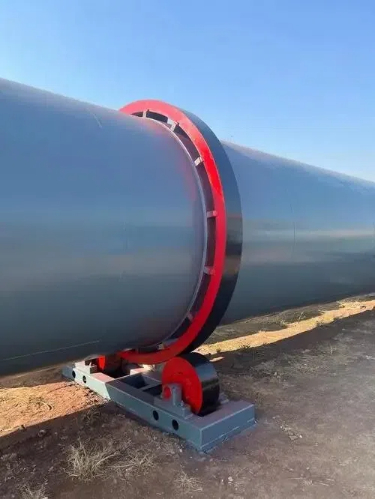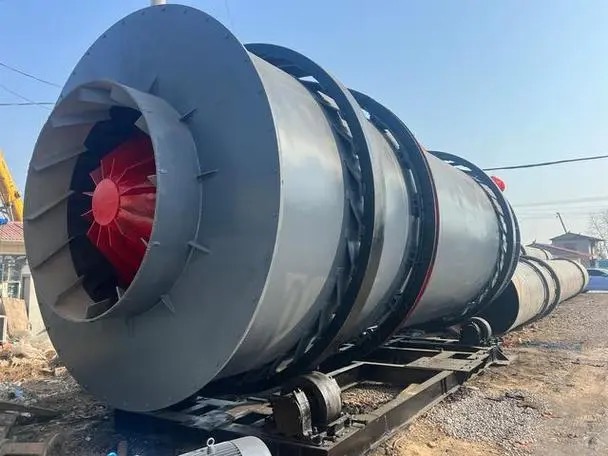
Content Menu
● Introduction
● How Heat Pump Tumble Dryers Work
● Advantages of Heat Pump Tumble Dryers
>> 1. Energy Efficiency
>> 2. Cost Savings
>> 3. Gentle Fabric Care
>> 4. Environmental Impact
>> 5. Long-Term Investment
>> 6. Low Operating Temperature
>> 7. Space-Saving Design
>> 8. Versatile Placement
>> 9. Reduced Carbon Footprint
>> 10. Maintenance Requirements
● Conclusion
● Related Questions and Answers
>> 1. What is the lifespan of a heat pump tumble dryer?
>> 2. Do heat pump dryers take longer to dry clothes?
>> 3. Can I install a heat pump dryer in a small space?
>> 4. Are heat pump dryers noisy?
>> 5. Do I need to empty the water reservoir after each use?
Introduction
Heat pump tumble dryers have gained popularity in recent years due to their energy efficiency and cost-saving benefits. Unlike traditional dryers, which vent hot air outside, heat pump dryers recycle the air within the machine, making them a more sustainable option for drying clothes. This article explores the numerous advantages of heat pump tumble dryers, their operation, and why they may be the right choice for your laundry needs.

How Heat Pump Tumble Dryers Work
Heat pump tumble dryers operate using a closed-loop system that recycles air. The dryer heats the air, which is then circulated through the drum to dry the clothes. After the air has passed through the clothes, it is cooled down, and the moisture is extracted, usually collected in a reservoir or drained away. This process not only saves energy but also allows for lower drying temperatures, which is gentler on fabrics.
Advantages of Heat Pump Tumble Dryers
1. Energy Efficiency
One of the most significant advantages of heat pump tumble dryers is their energy efficiency. They use significantly less energy compared to traditional vented or condenser dryers. This efficiency translates into lower electricity bills, making them a cost-effective choice in the long run.
2. Cost Savings
While the initial purchase price of a heat pump tumble dryer may be higher than that of conventional models, the long-term savings on energy costs can offset this expense. Households that do a lot of laundry will particularly benefit from the reduced operating costs.
3. Gentle Fabric Care
Heat pump dryers operate at lower temperatures, which helps to protect delicate fabrics from damage. This gentler drying process can extend the life of your clothes, reducing the need for replacements and saving money over time.
4. Environmental Impact
By using less energy, heat pump tumble dryers contribute to a lower carbon footprint. They are an environmentally friendly option for those looking to reduce their impact on the planet. This is particularly important as more consumers become aware of the environmental consequences of their choices.
5. Long-Term Investment
Investing in a heat pump tumble dryer can be seen as a long-term financial decision. The combination of energy savings, reduced wear on clothing, and lower environmental impact makes these dryers a smart choice for many households.
6. Low Operating Temperature
The ability to dry clothes at lower temperatures not only protects fabrics but also reduces the risk of shrinkage and fading. This feature is especially beneficial for items that require special care.
7. Space-Saving Design
Heat pump tumble dryers do not require external venting, allowing for more flexible placement options. They can be installed in various locations within the home, including small spaces where traditional dryers may not fit.
8. Versatile Placement
Since heat pump dryers do not need to be vented outside, they can be placed in any room, including basements, laundry rooms, or even closets. This versatility makes them suitable for a wide range of living situations.
9. Reduced Carbon Footprint
Using a heat pump dryer can significantly reduce your household's carbon emissions. By consuming less energy, these dryers help to lower the overall demand for electricity, which is often generated from fossil fuels.
10. Maintenance Requirements
Heat pump dryers generally require less maintenance than traditional dryers. They do not have vents that need to be cleaned regularly, and their efficient design means fewer breakdowns and repairs.

Conclusion
Heat pump tumble dryers offer a multitude of advantages that make them an attractive option for modern households. From energy efficiency and cost savings to gentle fabric care and environmental benefits, these dryers are a smart investment for anyone looking to improve their laundry routine. As consumers become more conscious of their energy usage and environmental impact, heat pump dryers are likely to continue gaining popularity.

Related Questions and Answers
1. What is the lifespan of a heat pump tumble dryer?
Heat pump tumble dryers typically last between 10 to 15 years with proper maintenance.
2. Do heat pump dryers take longer to dry clothes?
Yes, they generally take longer than traditional dryers due to their lower drying temperatures.
3. Can I install a heat pump dryer in a small space?
Yes, heat pump dryers do not require external venting, making them suitable for small spaces.
4. Are heat pump dryers noisy?
Heat pump dryers are generally quieter than traditional dryers, but noise levels can vary by model.
5. Do I need to empty the water reservoir after each use?
Yes, if your heat pump dryer collects water in a reservoir, it will need to be emptied regularly.












